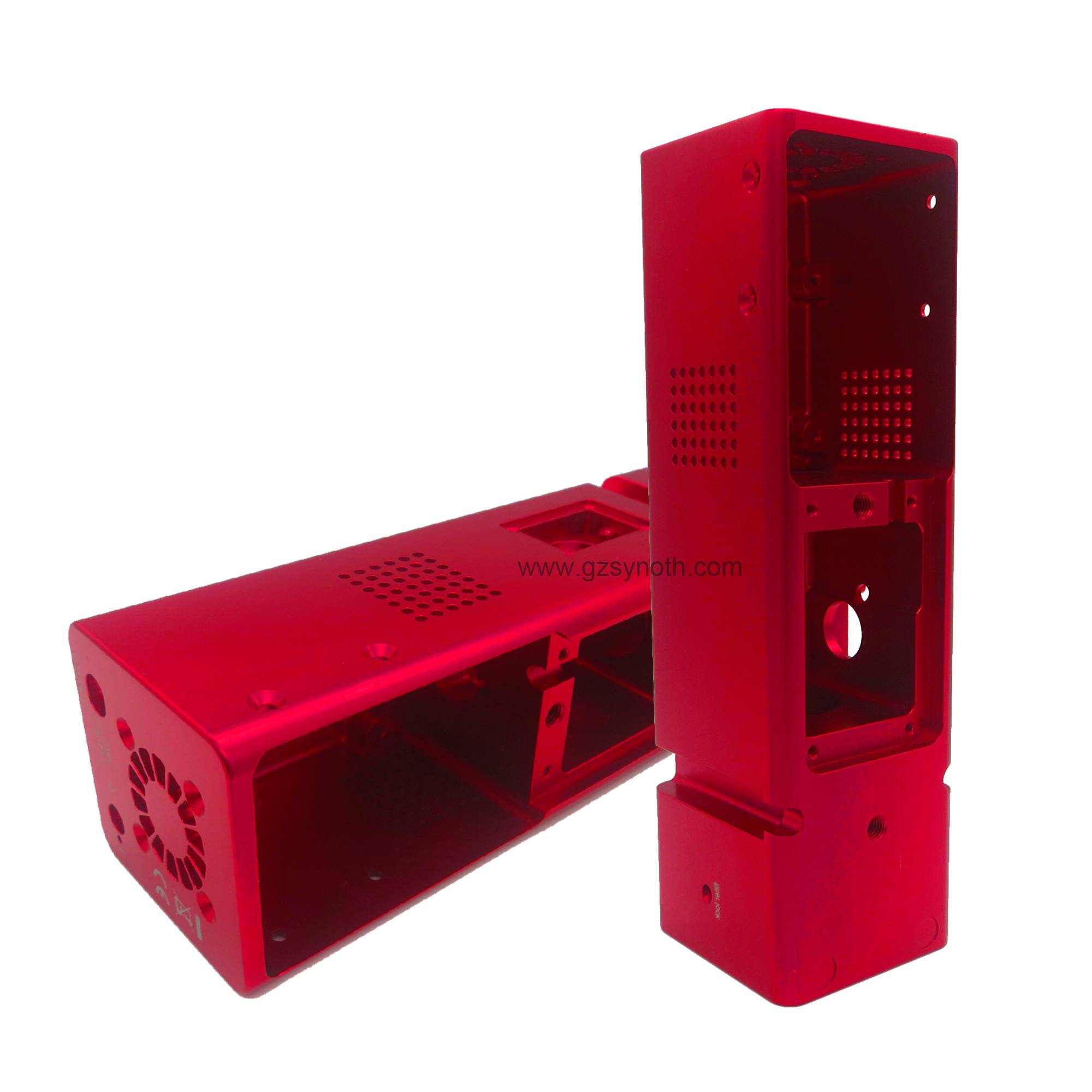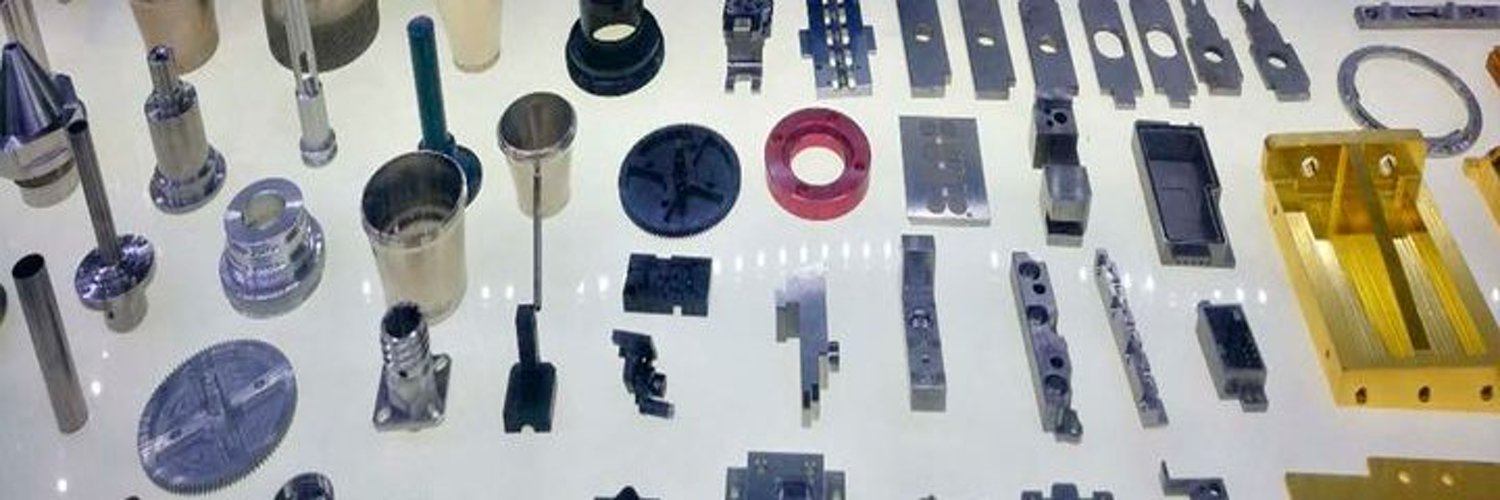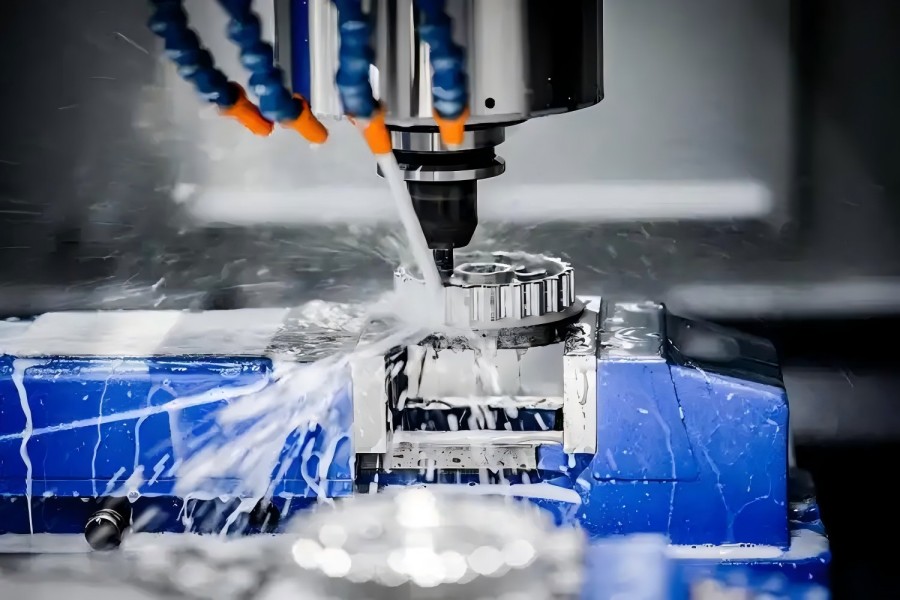- Guangzhou Sinoth Import and Export Co., LTD
Tel: 020-8968-8980
Website:www.gzsynoth.com
Email: belinda@dginfa.com(24 hours online)
Phone: +86 189 2740 6786
Address: No 5, Jinshi Three Street, Shiling Town, Huadu District,Guangzhou City, Guangdong Province
CNC (Computer numerical Control) machine tool machining is a high-precision and high-efficiency numerical control machining method, which is widely used in various industrial fields. However, after machining with CNC machine tools, post-processing and surface treatment are also required to achieve higher quality requirements and customer needs.

Common surface treatment methods in CNC machining include:
First. Grinding and grinding: Remove burrs, scratches and uneven surfaces.
Second. Polishing: The surface is treated by friction and polishing agent to improve the finish.
Third. Coating and plating: Coating metal or non-metal materials on the surface of parts to provide corrosion resistance, wear resistance and hardness.
Fourth. Spraying: Spray the paint or pigment onto the surface of the part to form a protective film or change the color.
Fifth. Fine grinding: the surface of the workpiece is processed by grinding tools to improve the surface finish.
Sixth. Chemical treatment: change the surface properties of parts through physical and chemical reactions, such as pickling, electroplating and coating.
Seventh. Anodizing: forming an oxide film on the surface of the parts to improve corrosion resistance, hardness and decoration.
Eighth. Sandblasting: clean, deburring and increase roughness by spraying sand or other granular materials at high speed.
Ninth. Electroplating: Deposit metal ions on the surface of parts to form a metal covering layer.
Oxidation coloring: After anodizing, through dyeing agent or electrolytic coloring, etc., to form different colors of oxide film on the surface.
Hard anodizing: to form a harder, more wear-resistant oxide film. These methods can be determined according to specific requirements and material characteristics to improve the quality and appearance of CNC machined parts.
conclusion
The surface treatment after CNC machining is a key step to ensure that parts meet high quality standards. By selecting the right surface treatment method, the surface quality, performance and functionality of the part can be significantly improved to meet the needs and expectations of the customer.


